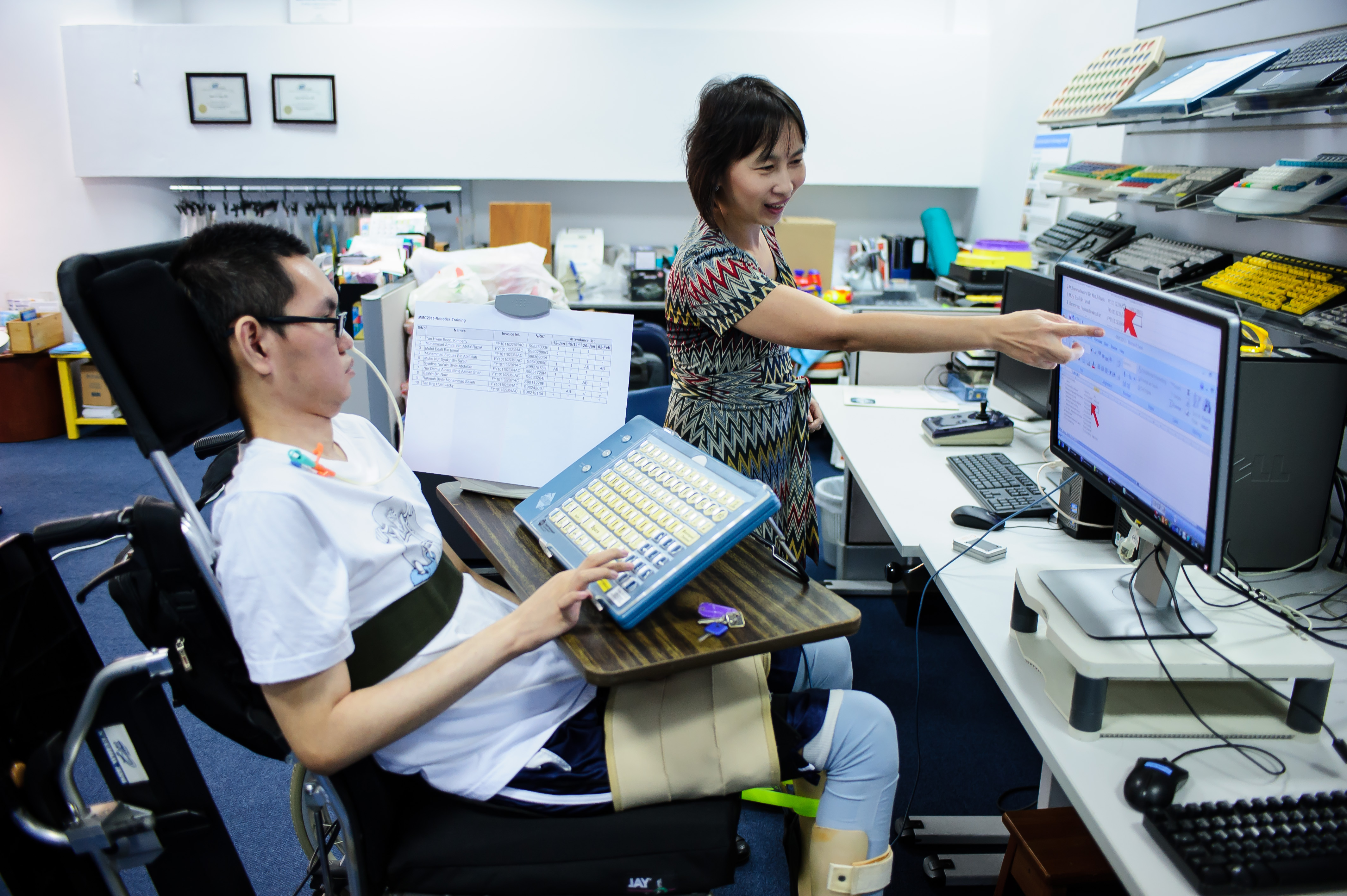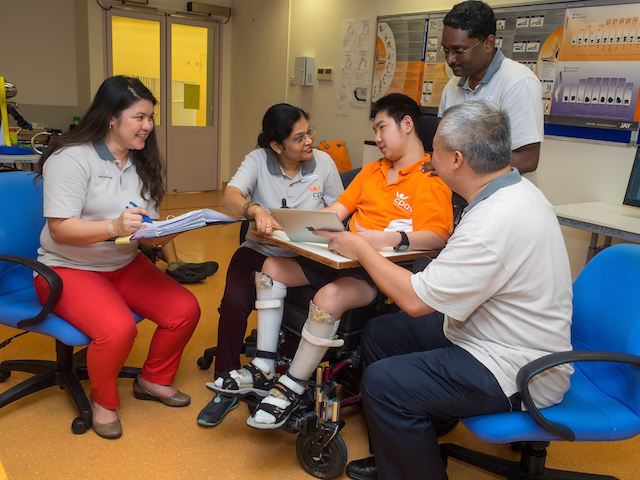"Even as [Singapore] builds a digital economy, and [we] transform [ourselves] to become a digital government, we want everyone to be able to participate in this digital future," said Dr Yaacob Ibrahim, Minister for Communications and Information.
There is therefore a need to ensure that every Singaporean, especially the less privileged and people with disabilities, are part of the nation's digital journey.
Currently, the Enable IT programme helps those with special needs adopt infocomm and assistive technology to support their daily living, education and employment needs.
The government will enhance the Enable IT Programme by doubling the grant support to voluntary welfare organisations to S$100,000 per project. This will enable them to acquire assistive technology devices to help more people with disabilities perform tasks independently. This will help another 3,000 beneficiaries over four years, which is double the number that we are reaching right now, said Dr Yaacob.
Info-communications Media Development Authority (IMDA) will also be setting up a library to loan infocomm and assistive technology devices to people with special needs and voluntary welfare organisations. The devices can be brought along for job interviews, to help a potential employer understand their needs better, the Minister explained.
The initiative would also allow people to try out a device before making a purchase.
In addition, IMDA is collaborating with tech companies such as Apple and Microsoft to train a pool of people with special needs to be Assistive Technology Ambassadors. This aims to spread the use of built-in assistive technology on their devices and platforms.
For instance, the VoiceOver in-built screen reader on the iPhone and iPad can describe what is on your screen. This helps people who are visually impaired use them like everyone else. Microsoft Windows and Office also come with built-in accessibility features like magnifier, narrator and speech recognition that will allow persons with disabilities perform tasks with ease.
These Assistive Technology Ambassadors will be trained to help people with different disabilities use the features on their regular mobile devices to improve their quality of life.





